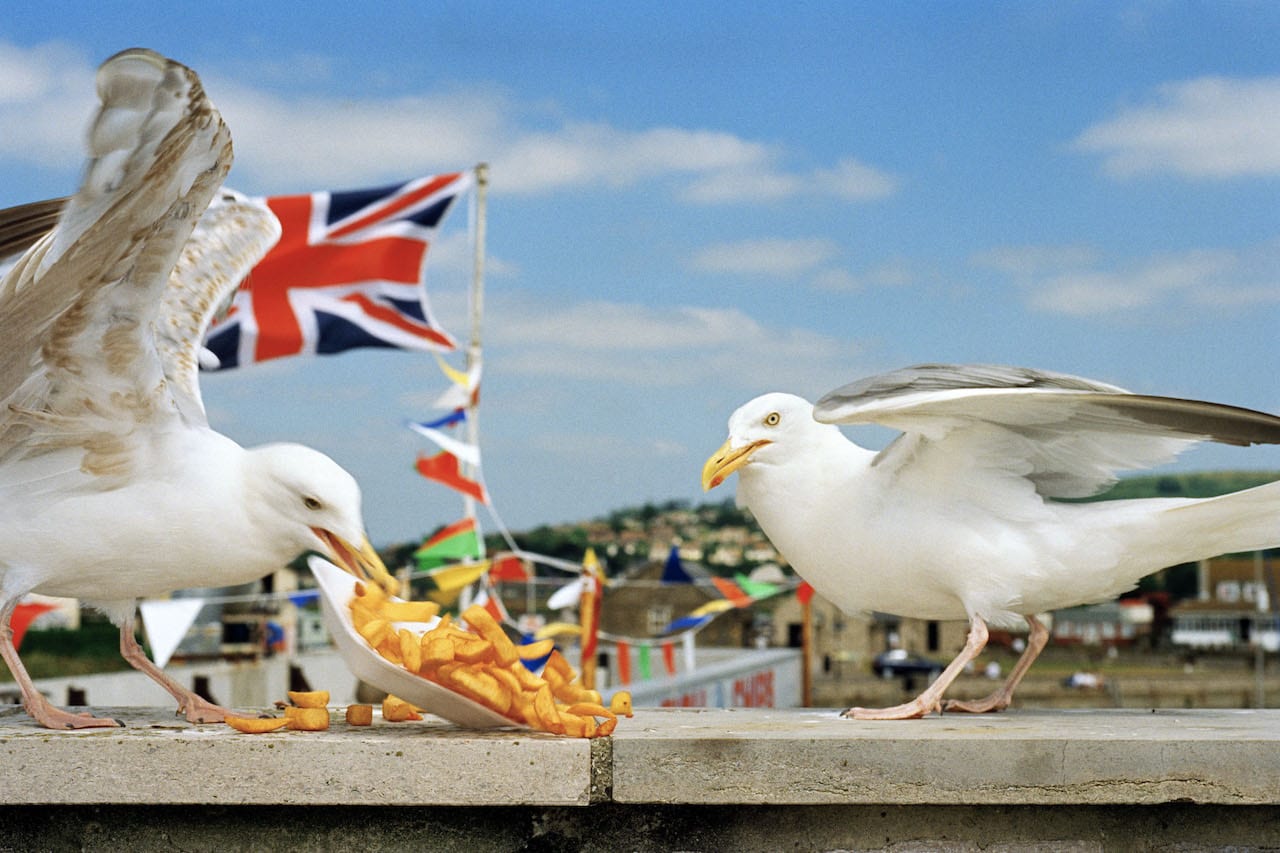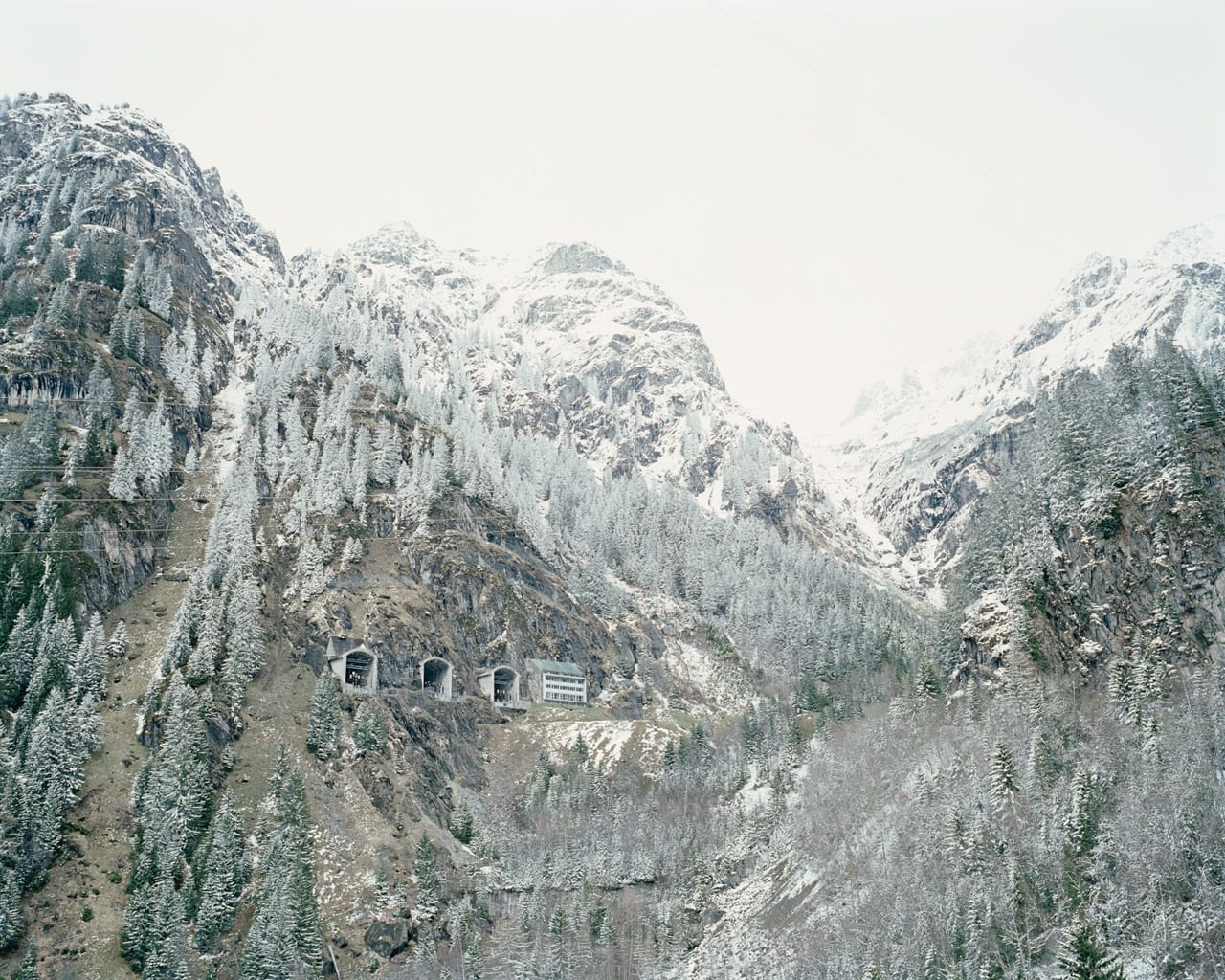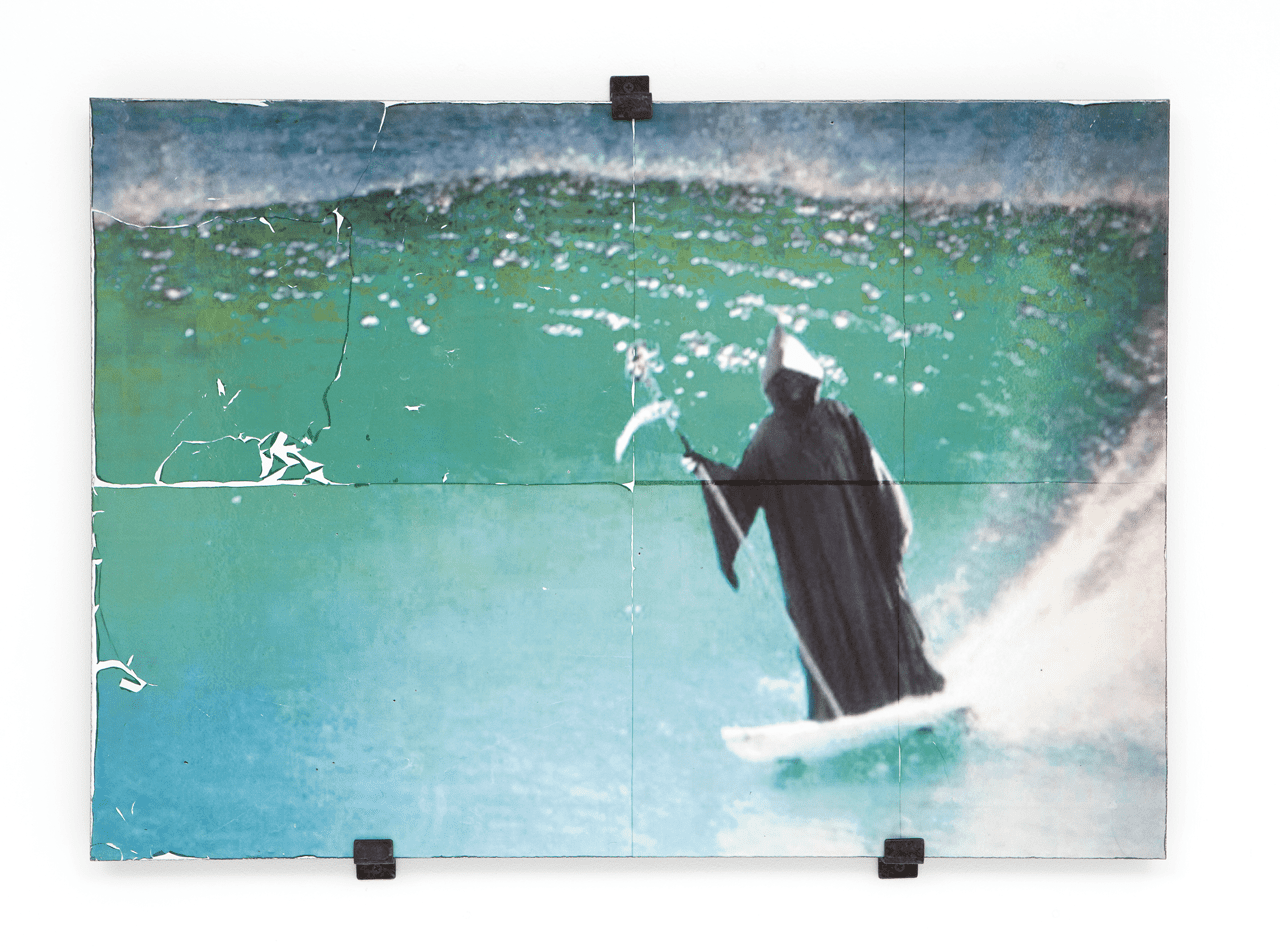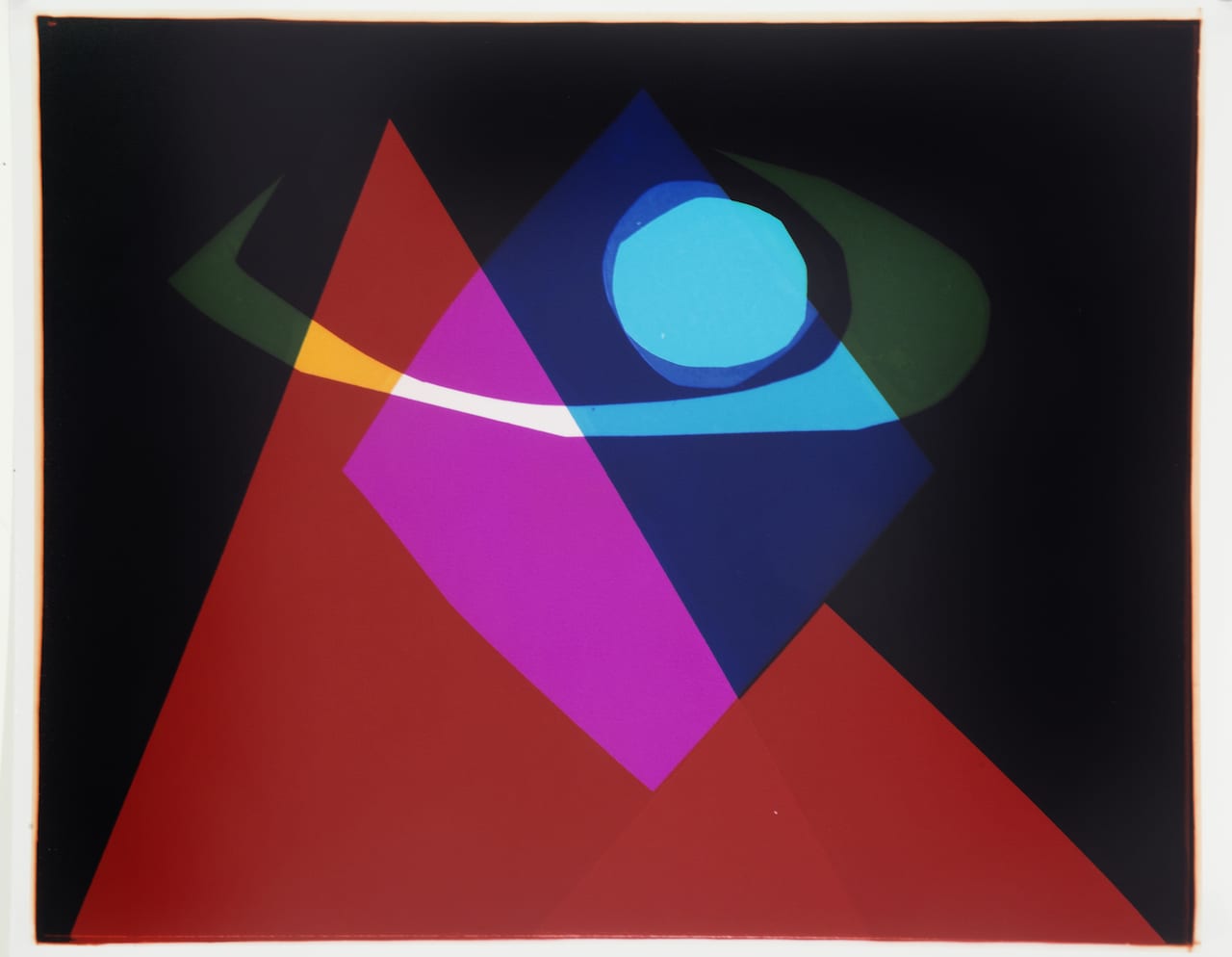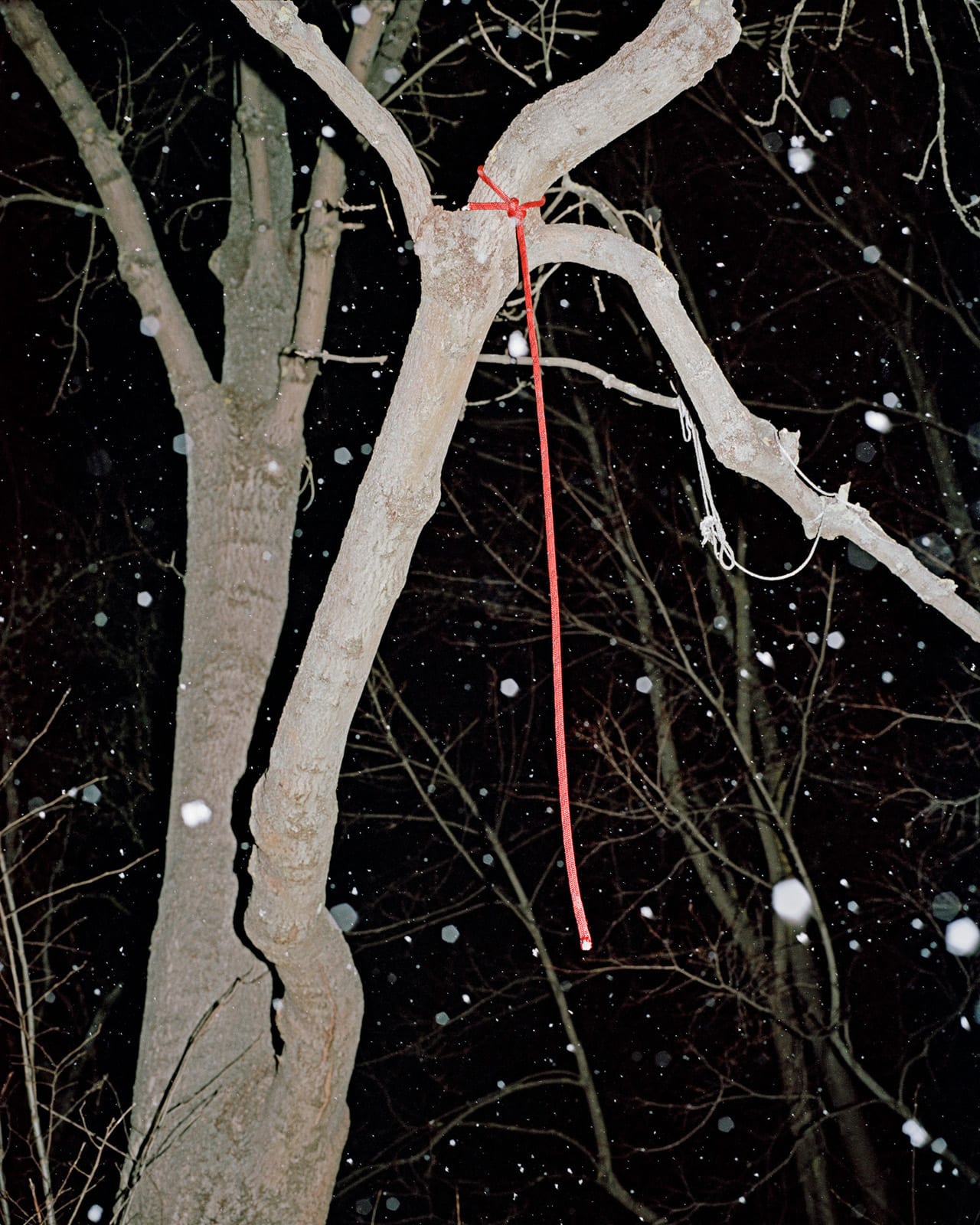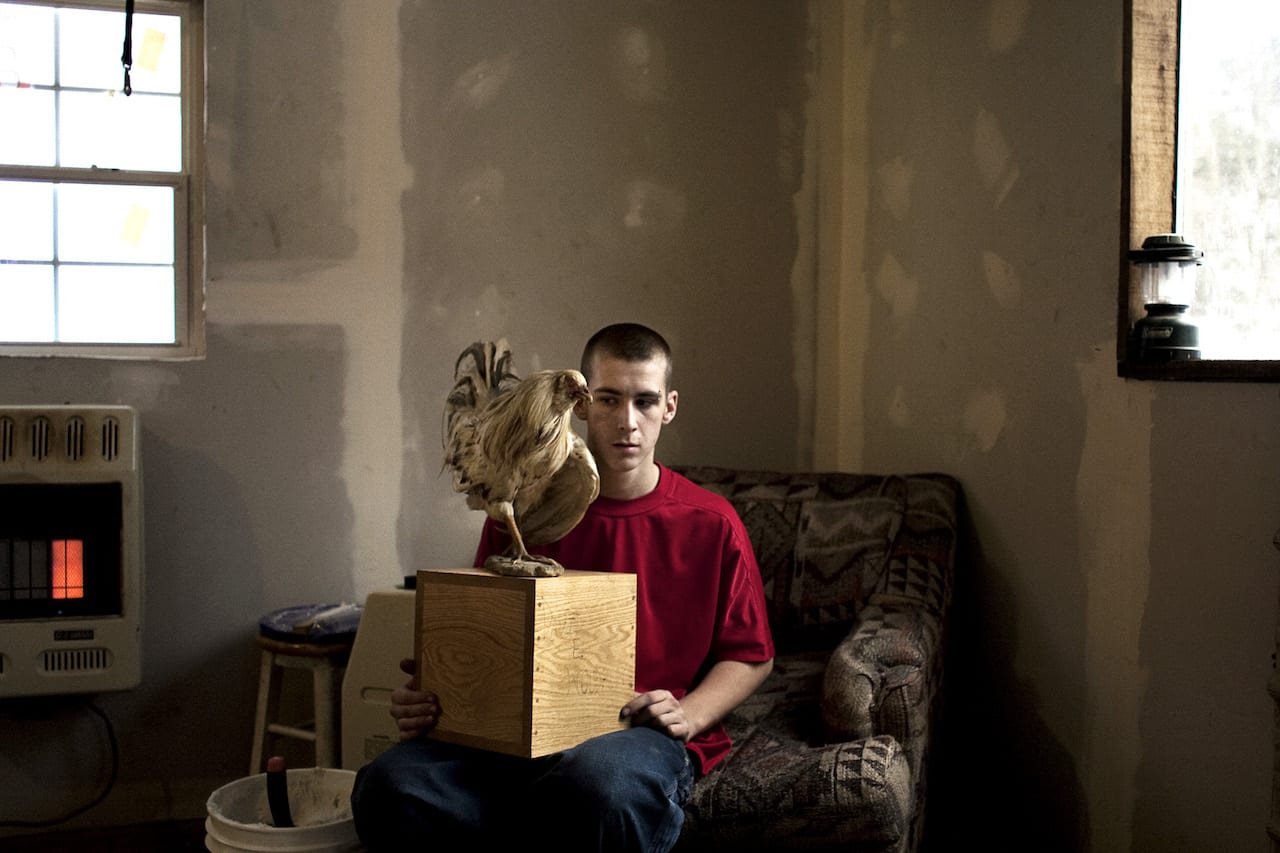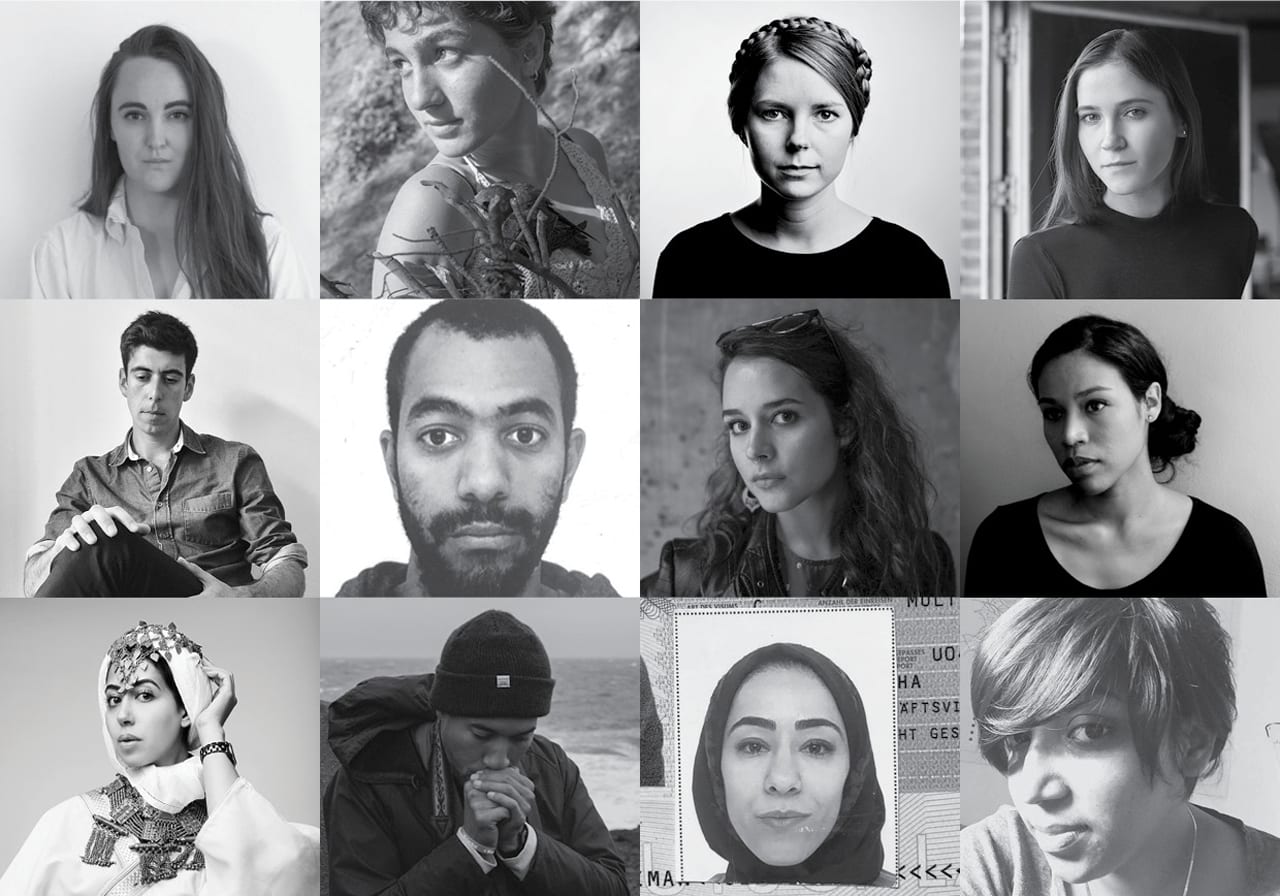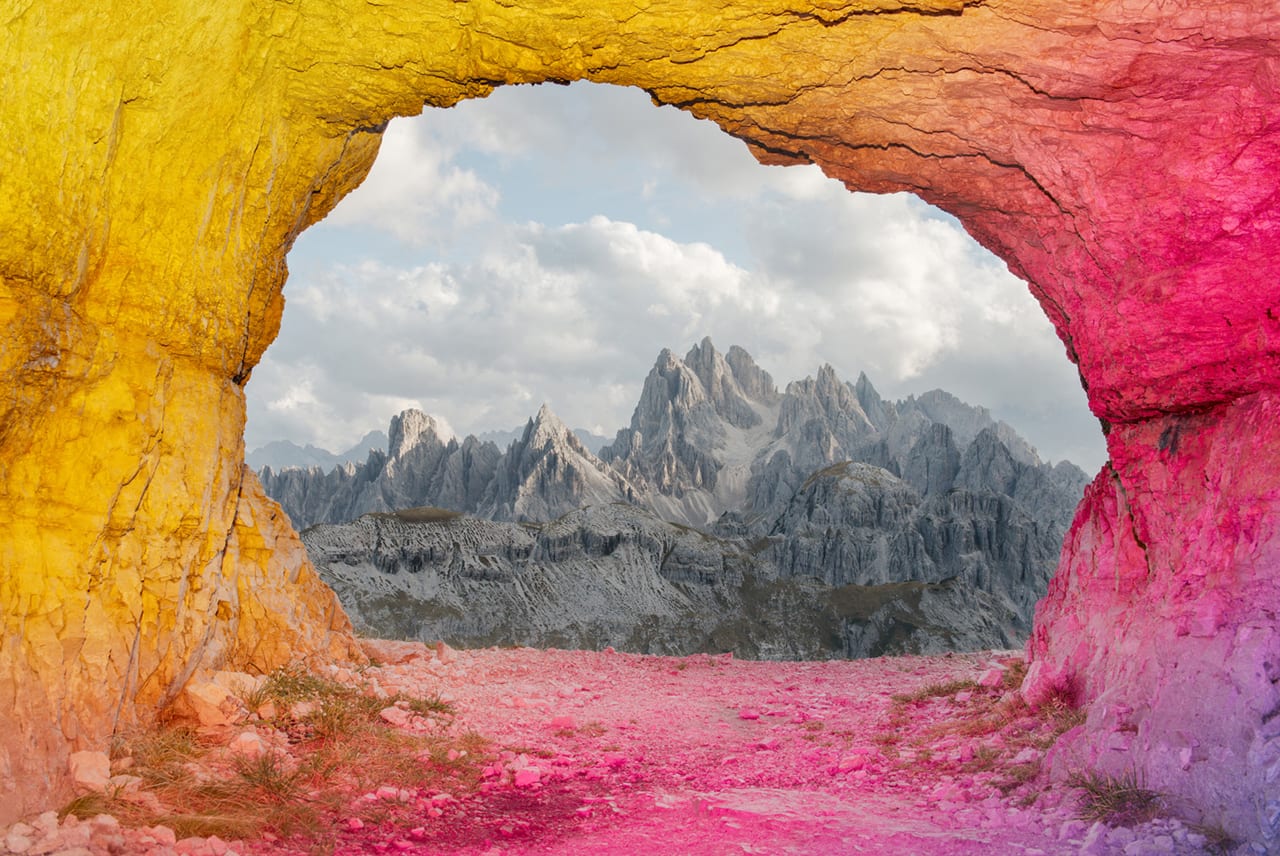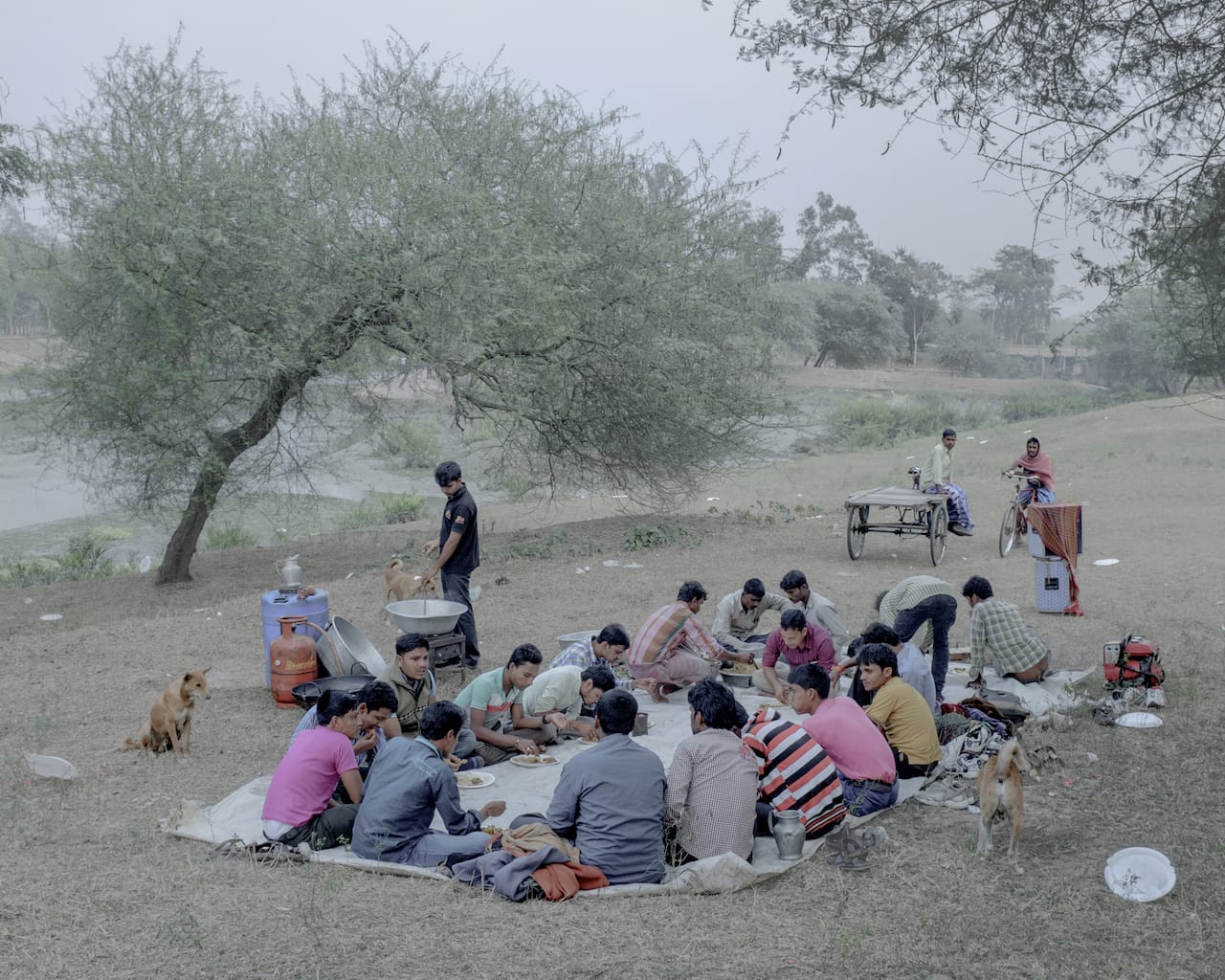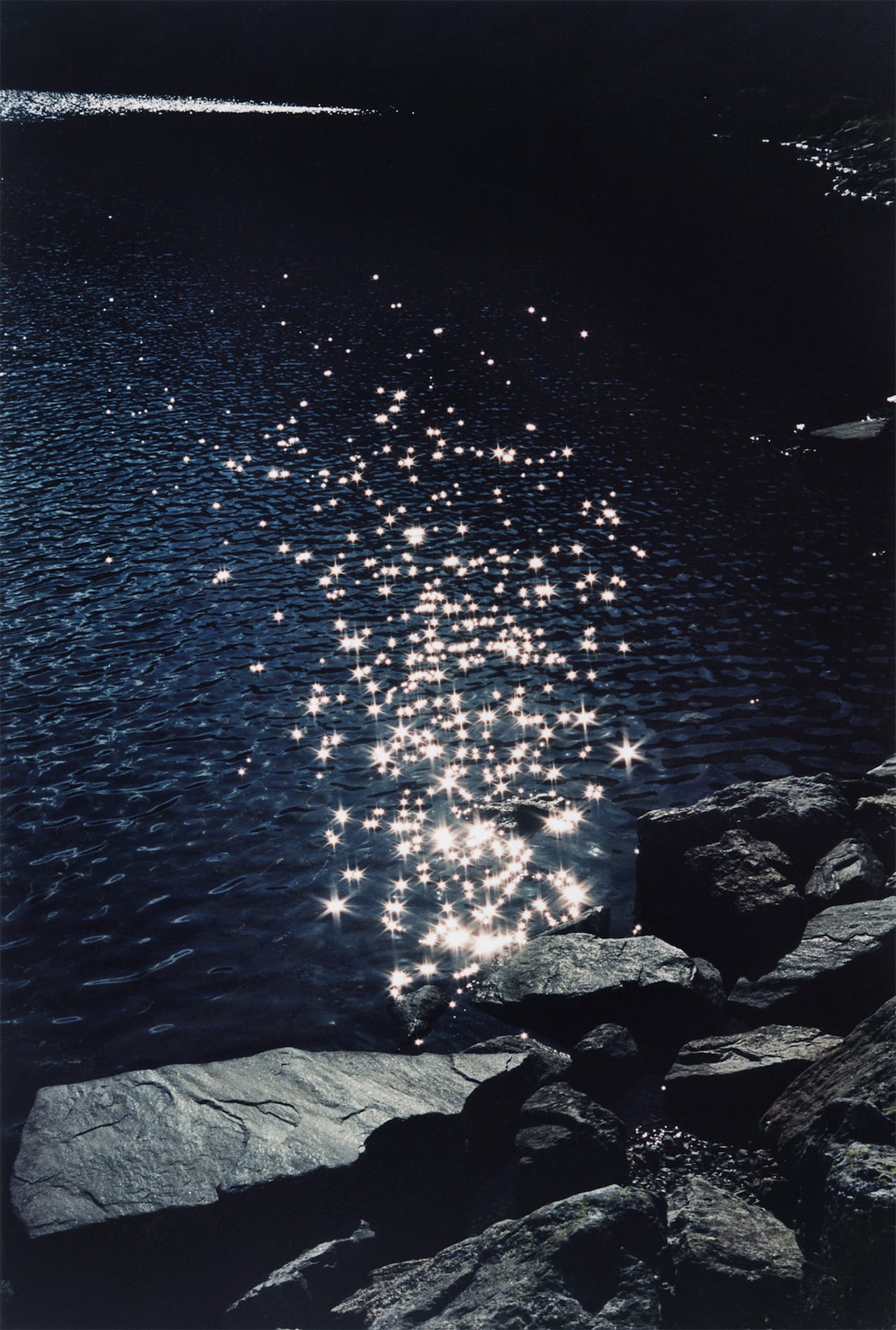In the UK nobody lives more than 72 miles from the sea, and the seaside is entrenched in our culture because of it. “The coastline is significant to Brits whether we live there, or not,” says Simon Roberts, who lives in the seaside town of Brighton, and who has returned to the coast again and again in his work. Now his images are appearing in an exhibition called The Great British Seaside at the National Maritime Museum this spring, alongside work by David Hurn, Martin Parr and the late Tony Ray-Jones.
